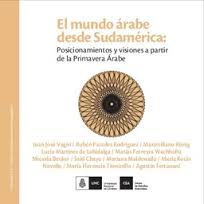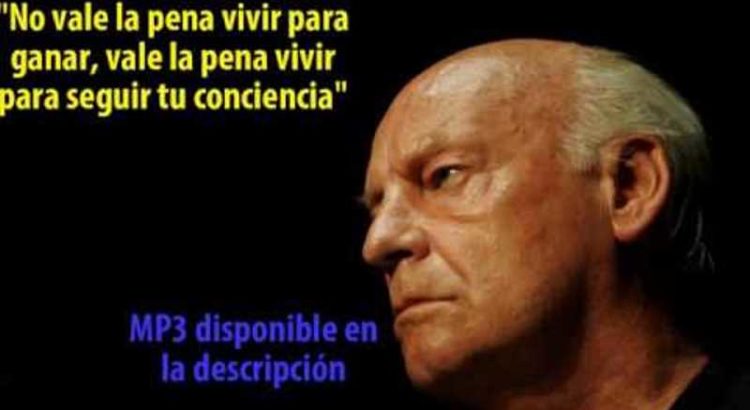América del Sur/ Brasil/ 9 Enero 2017/ Fuente: ACNUR.
Cuando nació, Maha fue declarada apátrida por las leyes de nacionalidad tanto de Siria como de Líbano.
De niña, Maha Mamo no podía asistir a los paseos escolares fuera del Líbano. Cuando los otros niños partían en los autobuses rumbo a Siria o a Jordania, ella quedaba atrás. Y a pesar de ser una de las mejores en baloncesto, nunca pudo representar a su país en competencias. ¿Por qué? Porque ella no tenía una nacionalidad.
Cuando nació, Maha fue declarada apátrida por las leyes de nacionalidad tanto en Siria como en Líbano, así como porque el derecho a la adquisición automática de nacionalidad por nacimiento en Líbano, donde Maha nació, no está permitido. Por esto, para Maha la única opción era adquirir una nacionalidad a través de sus padres.
¿Cuál era el único problema? Una madre siria, por ser mujer, no puede transmitir legítimamente su nacionalidad a sus hijos, lo que provocó que su padre quedara como la única oportunidad para poder tener una nacionalidad.
Sin embargo, en Líbano, donde los matrimonios interreligiosos son ilegales, el padre cristiano de Maha no podía casarse legalmente con su madre musulmana, lo que significaba que Maha y sus hermanos efectivamente nacieron fuera del matrimonio. Y como los hombres sirios no pueden transmitir su nacionalidad a los hijos nacidos fuera del matrimonio, Maha y sus hermanos nacieron apátridas.
Para los niños que nacen en las mismas circunstancias que Maha, el camino hacia la adultez viene plagado de problemas y frustraciones ya que los servicios que requieren, especialmente en educación y salud, son posibles dependiendo de la buena voluntad de las personas. “Tuve que recibir una exención especial para pasar mi certificación de educación secundaria”, dijo Maha, cuyos padres tuvieron que rogarle al director de su colegio para que les permitieran a ella y a sus dos hermanos poder acceder a la educación.
Después de graduarse, únicamente una de las muchas universidades a las que aplicó, la aceptó. Pero no para estudiar medicina, lo que era su sueño. “Ser apátrida duele mucho más cuando sabes que eres capaz de hacer mucho”, dijo Maha. “No puedes saber cuál es tu potencial, si no te dan el derecho a existir».
Cuando estaba en sus veinte años, cansada de escribirles cartas a diferentes ministros pidiéndoles una nacionalidad y cambiando de trabajo constantemente por miedo a ser atrapada sin los papeles necesarios, Maha empezó a pensar que su solución estaba en el exterior. Ella investigó sobre el reasentamiento por medio del ACNUR o conseguir permiso para viajar al extranjero, pero sus esfuerzos no dieron fruto. El oficial de procesamiento de visas de Canadá le dio una de sus respuestas favoritas: “Maha, nos encantaría tenerte aquí en Canadá, pero ¿Dónde pondríamos el sello de tu visa?”. Fue solo después de que su hermana enviara cartas a todas las embajadas en Líbano, que obtuvieron una respuesta positiva de Brasil. El 19 de septiembre de 2014, por primera vez en su vida, Maha tenía los medios legales para salir del Líbano.
En Brasil, Maha pudo obtener una visa por seis meses gracias a su ascendencia siria, ya que le daba la posibilidad de solicitar asilo. En mayo de 2016, con la ayuda de ACNUR Brasil, a Maha y a su familia se les reconoció la condición de refugiado en Brasil, dándoles derechos similares a los de los residentes brasileños, pero sin otorgarles aún una nacionalidad. Fue la primera vez que Maha pudo sostener una tarjeta de identificación que le concedía ciertos derechos. “Cuando la tuve en mis manos, lloraba y gritaba, y después le pregunté a mi hermana si estaba segura de que el documento era real”, dijo ella. “¡No podía creerlo!”.
Un mes más tarde, Eddy, el hermano de Maha, fue asesinado en un violento asalto en Brasil. “Recuerdo que la primera pregunta que hizo mi hermano cuando le dieron la condición de refugiado, era si eso le permitía regresar a nuestro natal Líbano”, dijo ella. Para honrar sus deseos, Maha llevó el cuerpo de su hermano de vuelta al Líbano para enterrarlo allí, en el lugar que Eddy llamaba su patria. “Lo más triste es que Eddy nunca pudo saber lo que se sentía viajar legalmente a su hogar”.
La muerte de Eddy le ha dado a Maha, quien ahora es una prominente portavoz de las personas apátridas en Brasil y en todo el mundo, aún más determinación para adquirir una nacionalidad, así como para ayudarles a otros en su misma situación a que hagan lo mismo. Maha es ahora una panelista regular en los talleres de ACNUR, y es parte del esfuerzo internacional, liderado por el ACNUR con la campaña #IBelong, para cambiar las leyes y las prácticas sobre nacionalidad. Esta campaña recientemente celebró su segundo aniversario, y el próximo año, el objetivo de la campaña será brindar derechos igualitarios entre todas las personas, lo que incluye eliminar la discriminación de género de las leyes de nacionalidad, algo que, por obvias razones, apasiona a Maha.
“Quiero que todos conozcan el infierno por el que he pasado, y sé que algún día el Presidente de Brasil escuchará mi historia y me dará la nacionalidad de Brasil”, dijo Maha empáticamente. En Brasil, la naturalización por medio de la residencia puede tomar hasta 15 años, pero Maha espera que se le otorgue antes. Ella agregó, “Cuando reciba mi nacionalidad, ¡Voy a gritar, voy a llorar! ¡Actualizaré mi estado en Facebook! ¡Viajaré a Walt Disney, a Paris, a Italia. A todo el mundo!, dijo con mucho entusiasmo. “Voy a gritar con toda la fuerza: ¡Finalmente EXISTO!”.
Disponible: http://www.acnur.org/noticias/noticia/maha-mamo-una-apatrida-refugiada-en-brasil-habla-sobre-los-desafios-de-una-vida-sin-nacionalidad/













 Users Today : 7
Users Today : 7 Total Users : 35461622
Total Users : 35461622 Views Today : 13
Views Today : 13 Total views : 3422244
Total views : 3422244